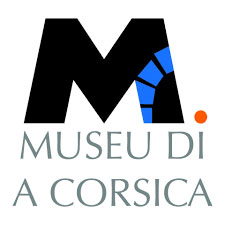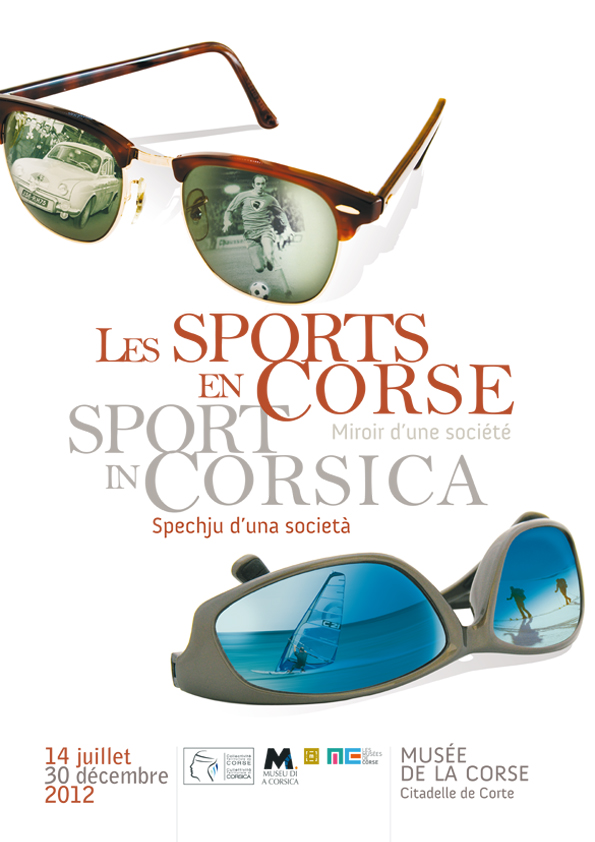Sport in Corsica, spechju d’una società
Nearly 350 objects and documents are presented (racing cars, photographs, sports jerseys, press articles, videos, etc.)…
The exhibition “Sports in Corsica” allows us to look back on more than a century and a half of physical and sports activities, competitive or leisure in the island, from the crossed views of a historian and a sociologist.
Too often still, sport is not recognized as a legitimate cultural element. This question arises, with all the more acuteness, when the sport invites itself to the museum.
However, in a few words, Albert Camus, Nobel Prize of literature in 1957, reminds us of the importance of the sport phenomenon in the heart of our societies, revealing as much as announcing socio-cultural evolutions.
“Because, after many years, where the world offered me many spectacles, what finally I know of more sure on the morals and the obligations of the men, it is to the sport that I owe it, it is to the RUA that I learned it “.
AND CORSICA BECAME A SPORT…
Corsica, fully registered in the globalization through tourism, trade and colonization, cannot escape the attraction of the new physical practices coming from England from the middle of the 19th century. These activities, conceived in the perspective of a transformation of the training of the elites confronted with the stakes of the industrial revolution, are not less the ostentatious attribute of the “Pastime of the beautiful existence”, before becoming, at the turn of the twentieth century, an essential component of the popular culture. In the meantime, the army and the school made gymnastic and sports practices their own, the tool par excellence of the “regeneration of the race”.
PLAYING WITH OTHERS, PLAYING AGAINST OTHERS
Very quickly, the islanders expressed the desire to be part of a national sports calendar. The will to open up was thus clearly and precociously affirmed. In 1911, the Challenge Piccioni established a soccer competition common to Corsican and Côte d’Azur clubs; unfortunately, none of the latter travelled to the island. After 1918, the will of integration is expressed with even more force but cannot succeed, at least in collective sports; from then on, some players choose to make a career on the continent, like the footballers Dominique Mori and Antoine Franceschetti at AS Cannes. Only friendly encounters break the isolation. It was not until 1947 that the first breach was opened with the participation in the French Football Cup. In individual sports, integration was easier, as in the case of Dominique Mariotti who became French champion in amateur boxing in the featherweight category in 1938.
A NEW INSULAR SPORTS SPACE
From the 1960’s onwards, three essential elements deeply transformed and redesigned the island’s sports space:
First of all, there is the progressive integration of clubs into national and even international competitions; secondly, Corsica experiences a demographic growth that increases its population from 180,000 probable inhabitants in 1959 to about 220,000 in 1975 and more than 300,000 in 2010; finally, sports and mass leisure activities burst into an island whose economy is deliberately turned towards tourism.
From the 1990s, the weight of the leisure economy in Corsica allows the development of board sports and nature, raising new questions related to sustainable development and conflicts of use of space. The island has nevertheless become a “playground” where national and international competitions take place, such as the “Via Romana” trail or the “Corsica raid adventure”.
IN GAMES FOR TOMORROW
Since the end of the 1990s, Corsicans have participated fully in the globalization of sports, for example by taking part in board sports. The islanders are also present in many practices in the four corners of the planet, as much for their pleasure as for the competition following the example of the volleyball player Jean-François Exiga, member of the Italian team of Monza, or of the European champion of horsemanship Andrea Pulicani. As for traditional sports, such as soccer, they continue to mutate with, among others, the birth of futsal clubs.
New challenges concerning as much the socio-cultural components as the demographic evolution are today launched and will have to be taken up to succeed the diversity of Corsica of tomorrow in order to offer to the young generations, coming from different horizons, a common project. Already the success of Priscilla Gneto, Stéphanie and Laurent Lokoli, Clotilde De Bernardi, or Mourad Amdouni – to name but a few – testify to the dynamism of the island’s sporting society.
Decentralization and the new territorial competences resulting from the various particular statutes of Corsica since 1982, reinforced in 2002, could allow the Territorial Collectivity of Corsica (CTC) to bring positive answers in many fields. One example is the reception of new publics – for example, people with disabilities or “seniors”, who are increasingly numerous among the island’s population. On the other hand, Corsica has really taken on the status of a sports territory that organizes international competitions, the start of the 2013 Tour de France being only the most visible aspect. It will also be important not to neglect the permanent improvement of infrastructures, even if much has already been done in this field in recent years, otherwise the future not only of the territory but, even more so, of its sportsmen and women and its inhabitants will be compromised.
Curator of the exhibition :
Didier REY, Senior Lecturer, HRD, UMR LISA, Università Di Corsica
Ludovic MARTEL, Senior Lecturer, UMR LISA, Università Di Corsica
Scenography: Philippe DANGLES.
Coordination :
Pierre-Jean CAMPOCASSO, Regional Ethnologist, scientific manager of temporary exhibitions – Museum of Corsica
Marie-Jeanne IWANYK, In charge of temporary exhibitions – Museum of Corsica.
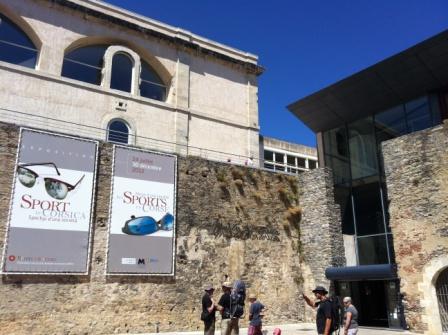
CdC, musée de la Corse/DR 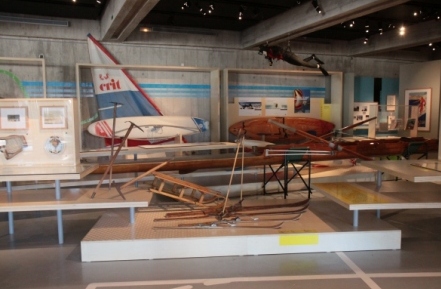
CdC, musée de la Corse/DR 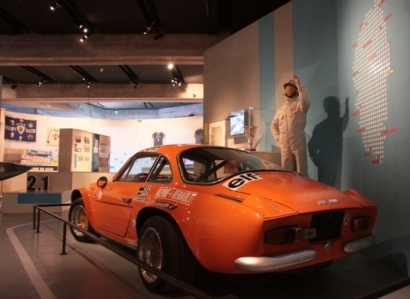
CdC, musée de la Corse/DR 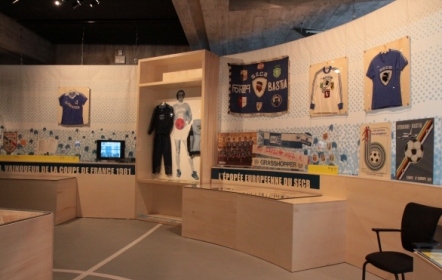
CdC, musée de la Corse/DR 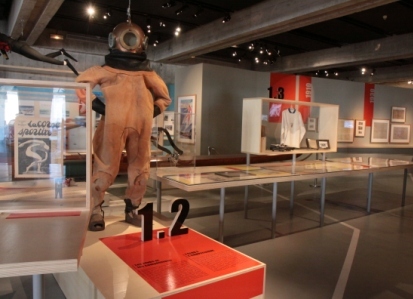
CdC, musée de la Corse/DR 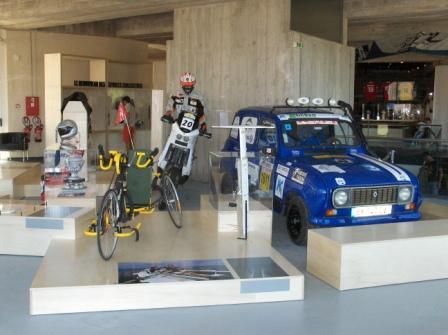
CdC, musée de la Corse/DR
